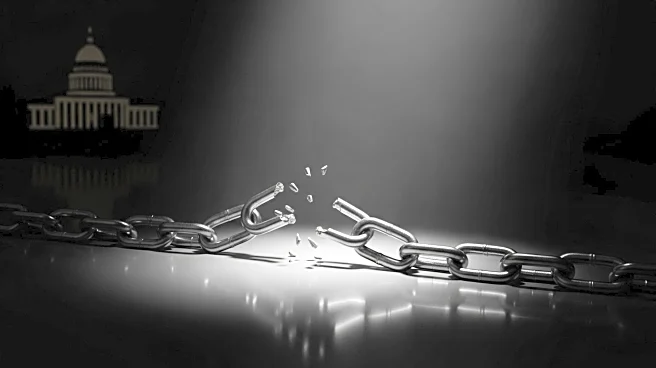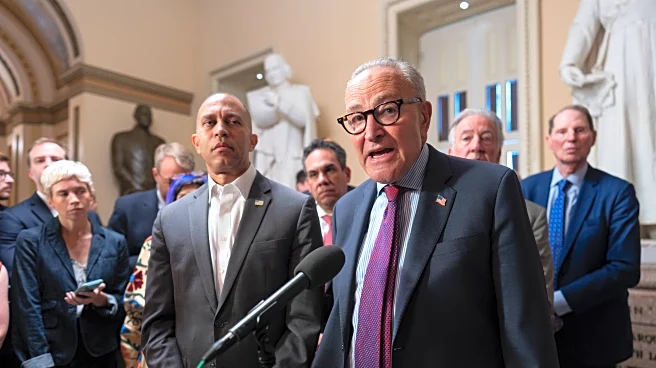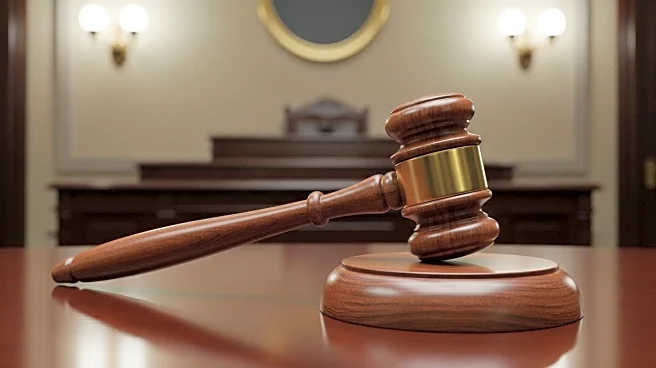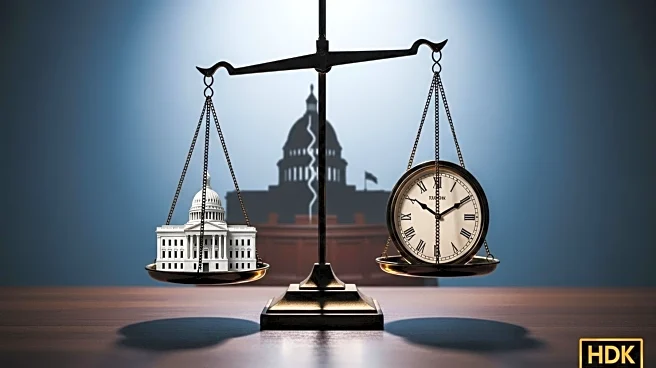What is the story about?
What's Happening?
The last government shutdown, which lasted from December 22, 2018, to January 25, 2019, is being revisited as the U.S. faces another potential closure. This historical shutdown was the longest in U.S. history, causing significant disruptions across federal operations. The shutdown affected numerous government services and employees, leading to widespread economic and social impacts. As the current political climate suggests another possible shutdown, lessons from the past are being considered to mitigate future consequences.
Why It's Important?
Understanding the impacts of the previous shutdown is crucial for preparing for potential future closures. The 2018-2019 shutdown highlighted vulnerabilities in government operations and the economic strain caused by halted services. It serves as a reminder of the importance of political cooperation and effective negotiation to prevent similar occurrences. The economic and social consequences of shutdowns can be profound, affecting millions of Americans and various industries reliant on government stability.
What's Next?
As political leaders negotiate to prevent another shutdown, the lessons from the past are being used to guide discussions. Stakeholders are advocating for proactive measures to ensure continuity of government services. The potential for another shutdown may influence political strategies and voter perceptions, emphasizing the need for effective leadership and bipartisan cooperation.
Beyond the Headlines
The historical shutdown underscores the need for reforms in government budgeting and operations to prevent future disruptions. It also highlights the ethical responsibility of elected officials to prioritize the welfare of citizens and maintain government functionality. Long-term, addressing these issues could lead to more resilient government structures and increased public trust.
AI Generated Content
Do you find this article useful?














